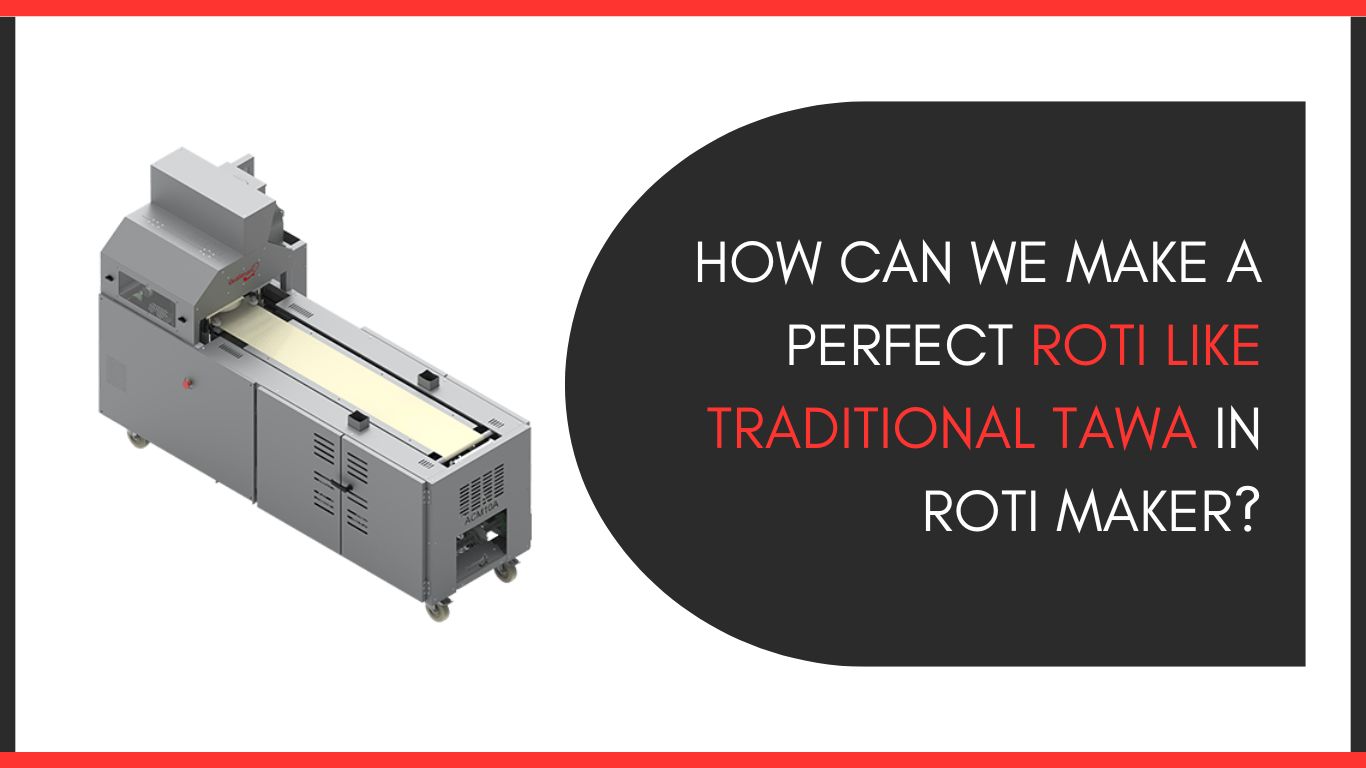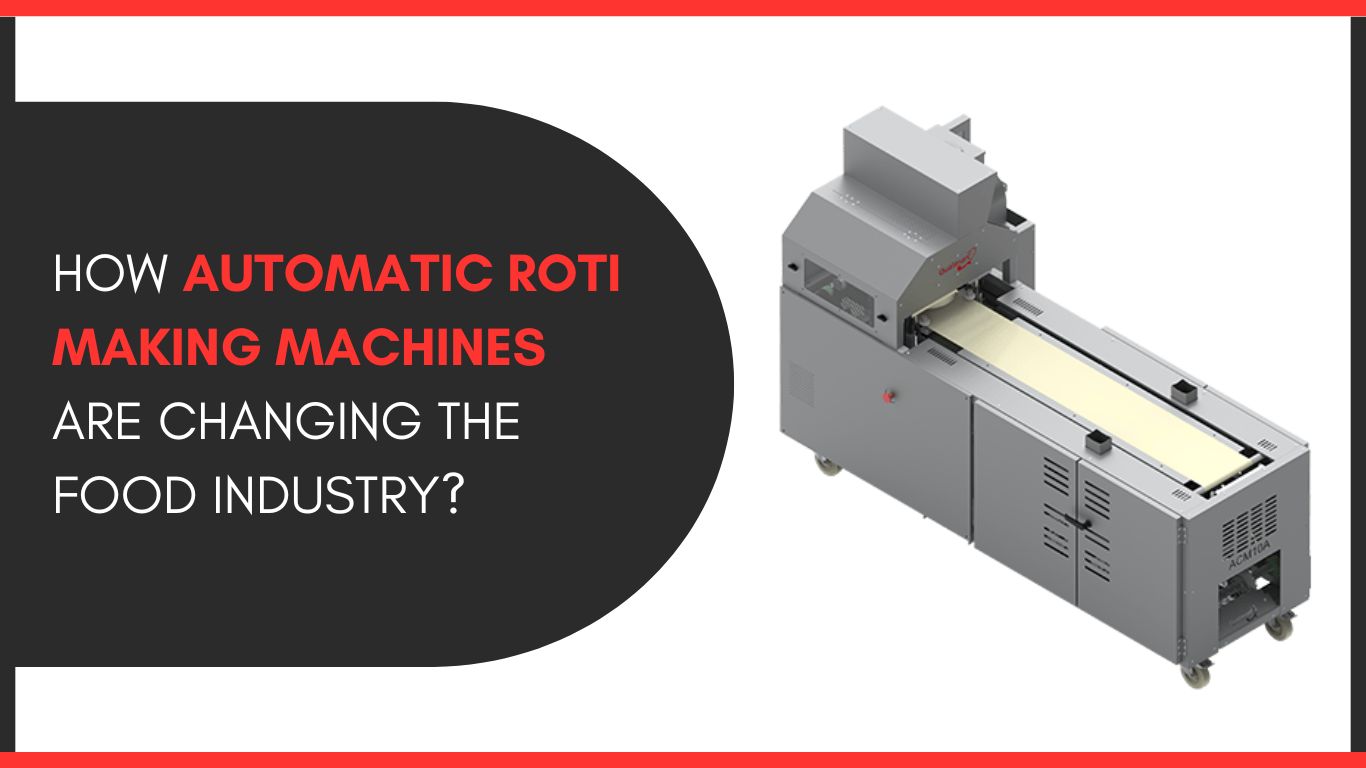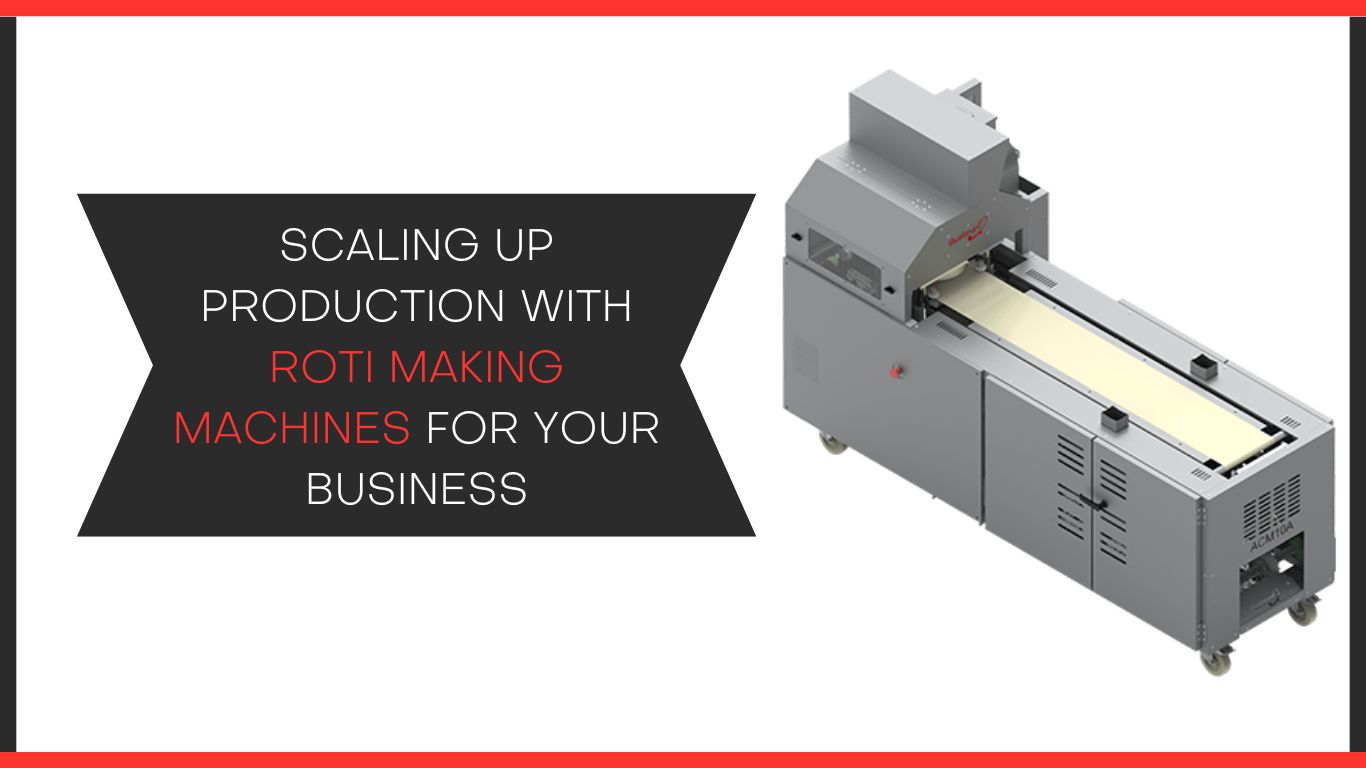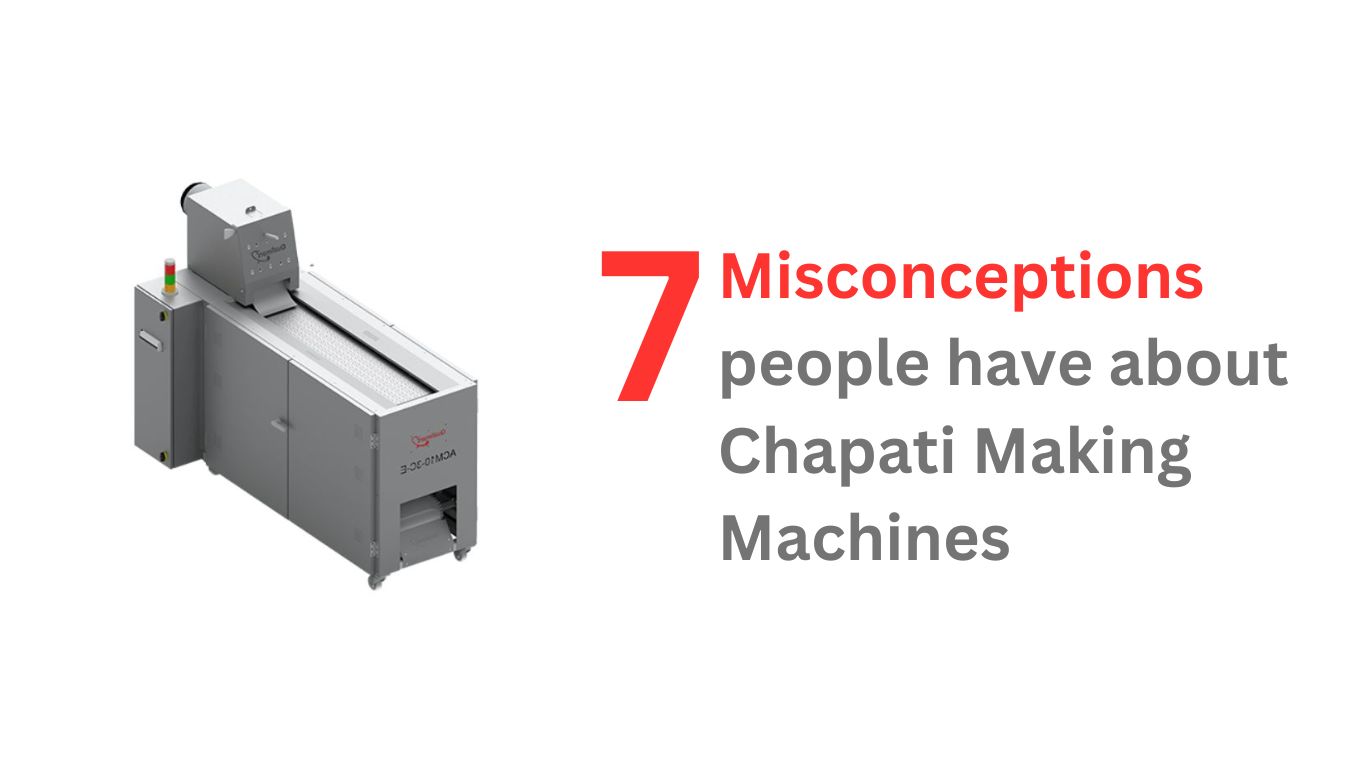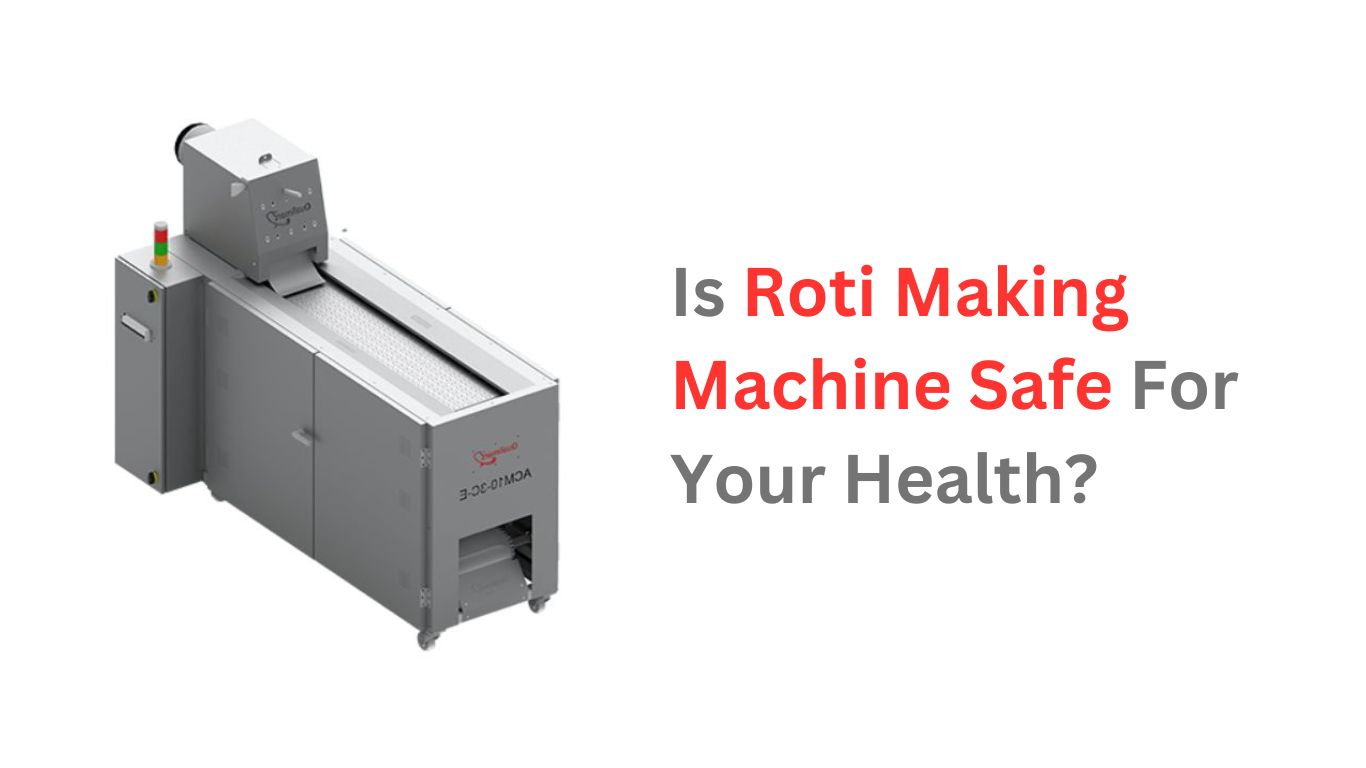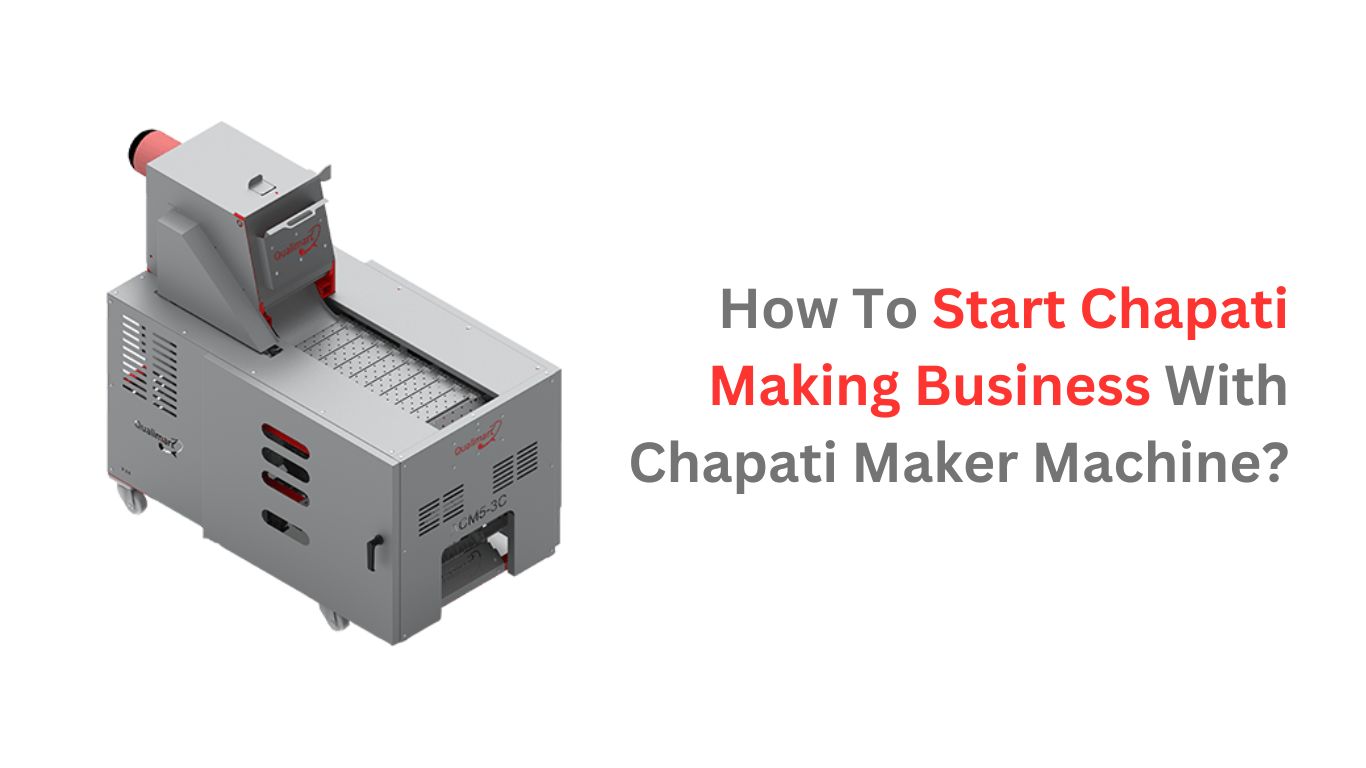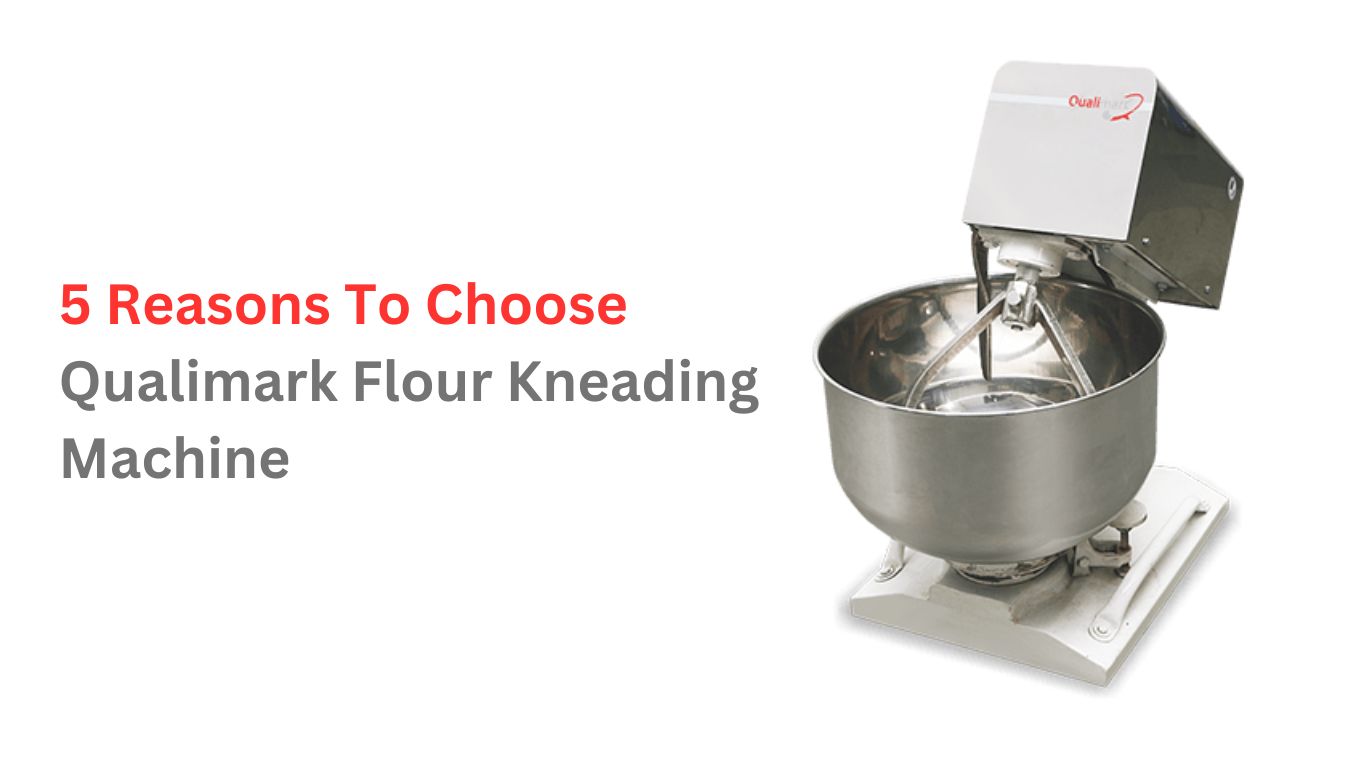Ready to learn how to make perfect roti like they do on a traditional tawa but with a roti making machine? Roti is a big deal in many cultures, and getting it just right can be a bit tricky. But don’t worry, we’ve got you covered!
In this blog, we’re going to dive into the world of roti making, from the basics to some pro tips. Whether you’re a seasoned chef or a beginner in the kitchen, we’ve got something for everyone.
All about Automatic Roti Making Machines
Let’s talk about these technological advancements called automatic roti making machines! These machines are like magic and they help you make roti with just the push of a button.
You see, there are different types of roti makers out there. Some are super simple, while others are more high-tech like our Automatic Chapati Making Machine – Electric Model. But no matter what kind you have, they all do the same thing: they make roti for you without all the hard work. So, “How do these machines work?” Well, it’s pretty simple, actually. They have a special mechanism inside that flattens the dough and cooks it evenly on both sides.
So, if you love roti but hate all the hassle of making it, an automatic roti making machine might be just what you need. It’s convenient, it’s easy, and best of all, it makes delicious roti every time. Trust me, once you try it, you’ll wonder how you ever lived without it!
Tips for Making Perfect Roti in a Roti Maker
Here are some tips for making awesome roti with your roti maker to make sure your roti turns out just right:
- Dough Prep: Make sure your dough is perfect as it should be soft but not too sticky. Use a mix of flour and water to get the right consistency.
- Temperature Check: Pay attention to the temperature settings on your roti maker. You want it to be hot enough to cook the roti evenly but not too hot that it burns.
- Rolling Skills: Roll your dough into balls and then flatten them out. Not too thick, not too thin. Just right! This helps your roti cook evenly.
- Prevent Sticking: Sprinkle a little flour or brush some oil on both sides of your dough before putting it in the roti maker. This helps it glide smoothly without sticking.
Techniques for Traditional Tawa-like Results
So you want your rotis to be just like the ones made on a tawa, right? Here are some simple tricks to have tawa like rotis in roti makers happen:
- Cooking Method: Try to mimic how a roti cooks on a tawa. That means flipping it halfway through cooking so both sides get nice and golden.
- Adding Extra Pressure: Use a cloth or spatula to gently press down on the roti while it’s cooking. This can help it puff up just like it would on a tawa.
- Keep an Eye on It: Rotis can cook pretty quickly, so don’t wander off! Keep an eye on your roti in the roti maker to make sure it doesn’t overcook or burn.
Addressing Common Issues
Here we will address some common problems that you might face while using roti making machine as a beginner –
Problem #1: Roti Sticking
Ever had your roti stick to the surface of the roti maker? It’s frustrating, right? Here’s what you can do: make sure to dust both sides of the roti with flour or brush a bit of oil or add additional flour into the machine. This will help it slide off smoothly.
Problem 2: Roti Not Puffing Up
You want your roti to puff up nicely, just like it does on a tawa. If it’s not happening, try pressing down gently with a cloth or spatula while it’s cooking which can help create that puffiness.
Problem #3: Uneven Cooking
If your roti is cooking unevenly or getting too crispy in some spots, try adjusting the temperature settings on your roti maker. Sometimes a lower heat can help achieve more even cooking.
Final Words
Making roti in a roti maker might seem tricky at first, but with a bit of practice and the right techniques, you can get it just right. Remember, it’s all about finding the perfect balance of dough consistency, temperature, and rolling technique. Don’t get discouraged if your first few attempts don’t turn out perfect. It takes time to master the art of roti making, whether it’s on a traditional tawa or a modern roti maker.
The key is to keep experimenting, learn from your mistakes, and most importantly, have fun in the kitchen! Whether you’re making roti for a family dinner or a special occasion, the love and effort you put into it will always shine through.

